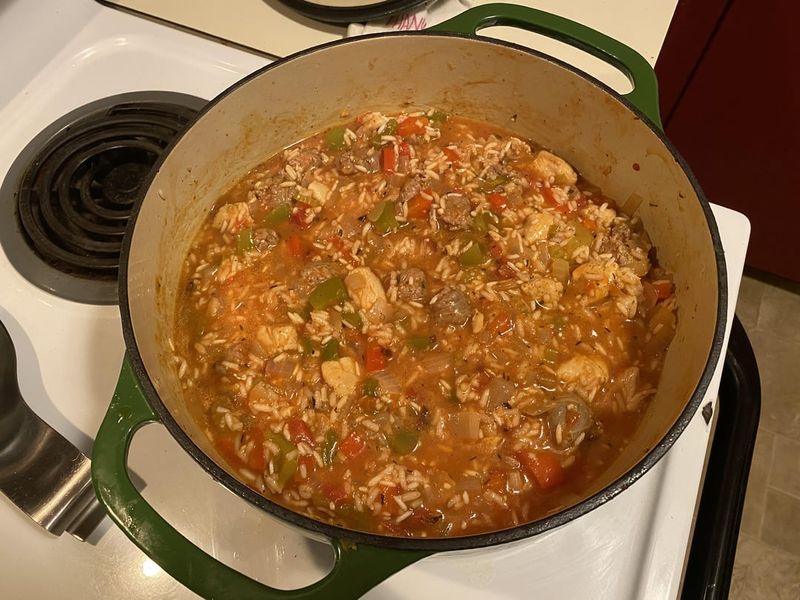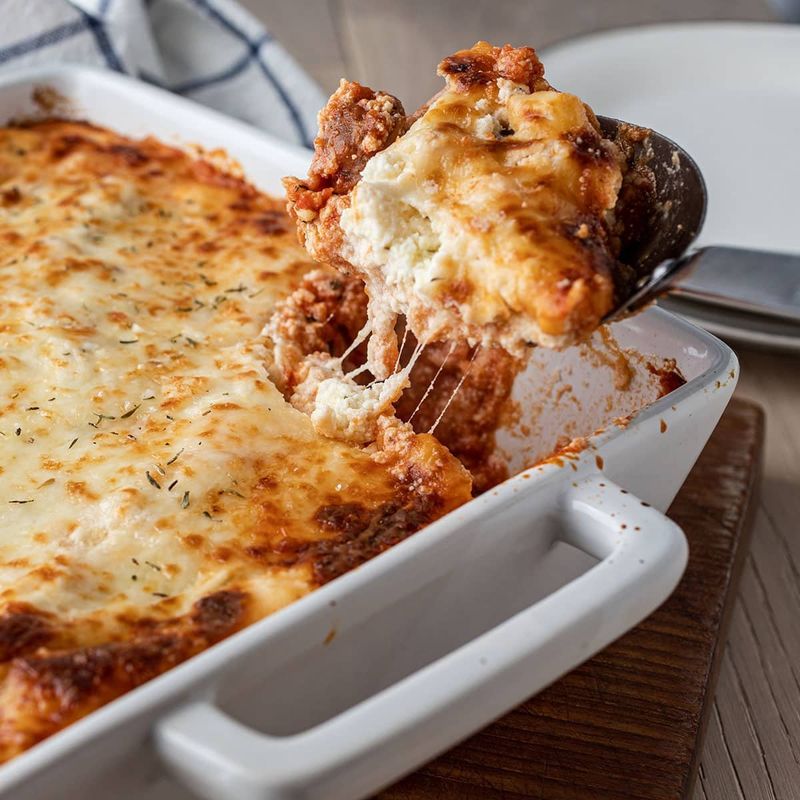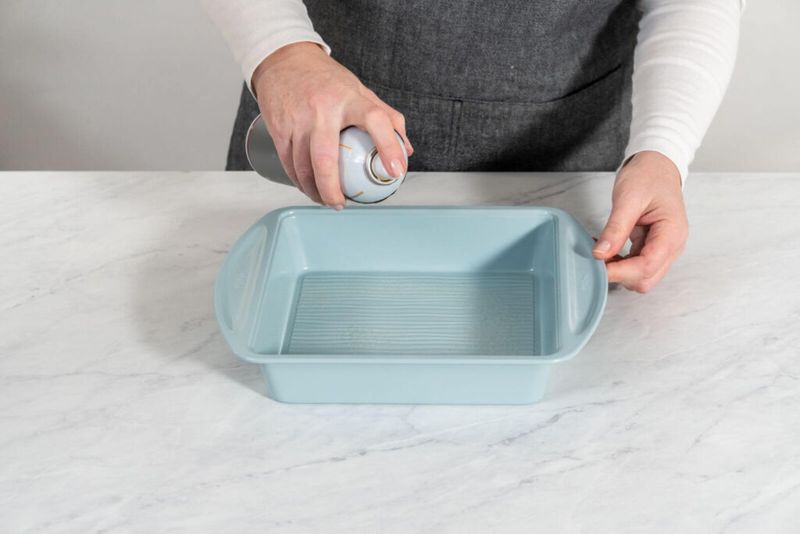6 Common Mistakes Everyone Makes When Baking A Casserole

Baking a casserole may seem simple, yet many fall into common traps that can ruin the dish. From ensuring ingredients are cooked correctly to seasoning layers, these six mistakes often trip up even experienced cooks. Avoid these pitfalls and your casserole will emerge from the oven a triumph of taste and texture.
1. Not Pre-Cooking Ingredients That Need It

Just imagine biting into a casserole only to find uncooked pasta or rubbery meat. It’s disappointing, right? Many assume that all ingredients will cook thoroughly in the oven. However, starchy and protein-rich foods, like pasta, potatoes, and meat, often need a head start. Parboiling or sautéing these ingredients ensures they’ll be tender once baked. This step doesn’t just ensure texture; it enhances flavor by allowing seasonings to infuse deeply. So, next time, take the extra time to partially cook these components. Your taste buds will thank you with every bite.
2. Using Too Much Liquid

Picture this: a casserole that’s more soup than solid. Over-enthusiasm with liquid turns your dish into a soggy mess. Broth, cream, or sauces need to be measured with care. Start with a modest amount, as ingredients release moisture as they cook. Keeping an eye on the oven allows you to adjust if dryness threatens. A perfectly baked casserole should hold its shape, not spill like stew. Remember, it’s easier to add than to take away. A cautious approach to liquids ensures a dish that’s both moist and firm.
3. Skipping the Rest Time

We’ve all been there—ravenous and eager to dig into a freshly baked casserole. But patience is key. Allowing the dish to rest after baking is essential. During this time, the contents settle, flavors meld, and the casserole firms up, giving you neat slices rather than a sloppy heap. Ten to fifteen minutes is all it takes to make a significant difference. This waiting period transforms a good casserole into a great one, so resist the temptation to serve it immediately.
4. Underseasoning the Layers

A bland casserole is a sad casserole. When only the surface is seasoned, the dish lacks depth. Each layer, from the meat to the vegetables, needs its own dose of flavor. Think of it like building a symphony—every instrument, or ingredient, must play its part. Herbs, spices, and even a sprinkle of salt can elevate your dish. Properly seasoned layers ensure every bite resonates with flavor. Next time, treat your ingredients as individual contributors to a culinary masterpiece.
5. Forgetting to Grease the Dish

Imagine the frustration of serving a casserole only to find half of it glued to the dish. This common oversight can ruin an otherwise perfect meal. Greasing the dish might seem like a minor step, but it’s crucial. It prevents the casserole from sticking and ensures easy serving. Butter, oil, or non-stick sprays are your allies here. This simple precaution not only keeps the dish intact but also makes cleanup a breeze. A well-greased dish is the foundation of a successful casserole experience.
6. Adding the Topping Too Early

Crunchy toppings can make or break a casserole. Added too soon, they turn from golden perfection to burnt bitterness. Cheese, breadcrumbs, or chips should be sprinkled during the last 10-15 minutes of baking. This timing guarantees a delightful, crisp finish. Wait until the casserole is nearly done before adorning it with its final layer. This ensures an appetizing look and taste, enhancing the overall experience. Timing is everything, and a well-timed topping completes the dish beautifully.
